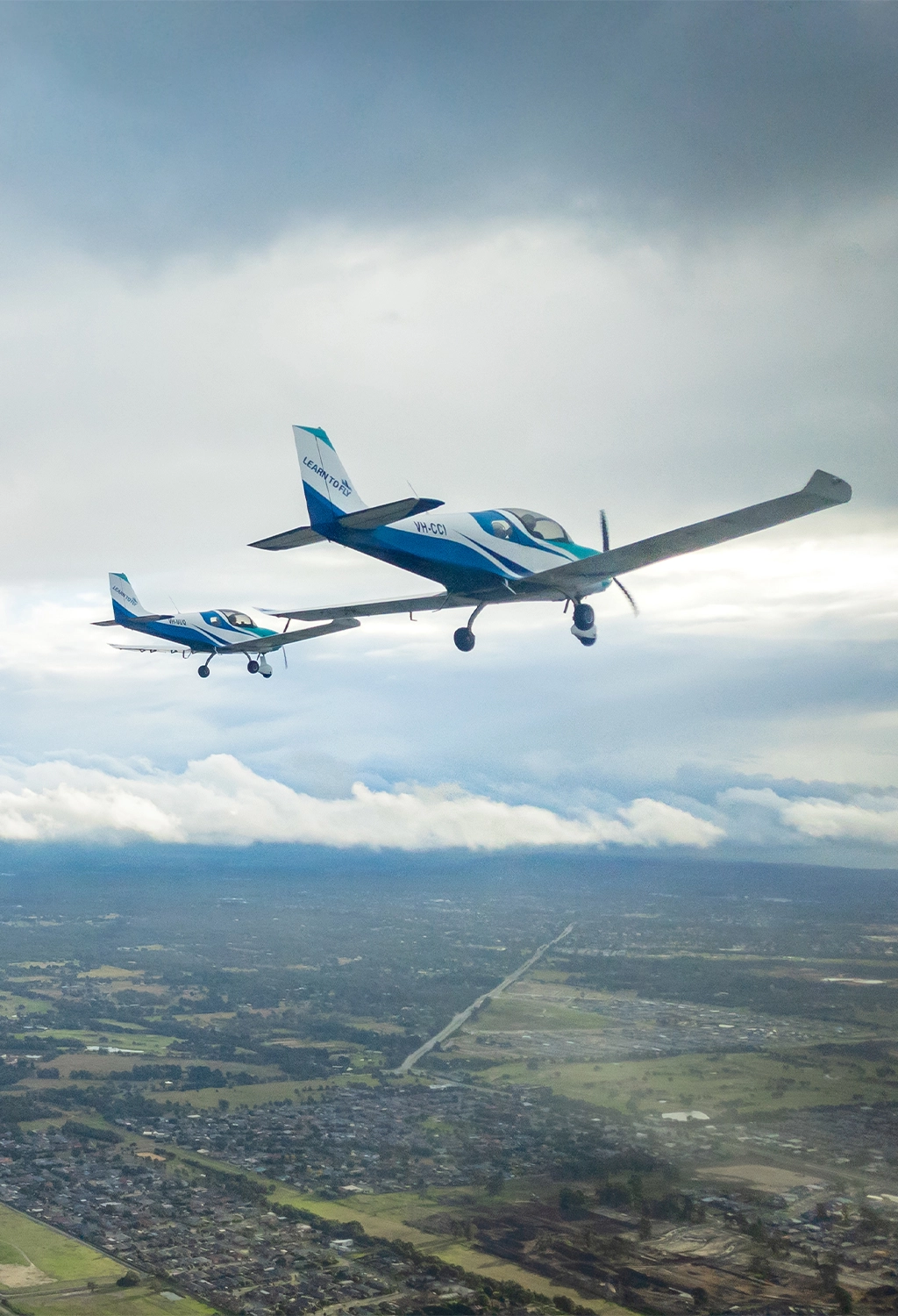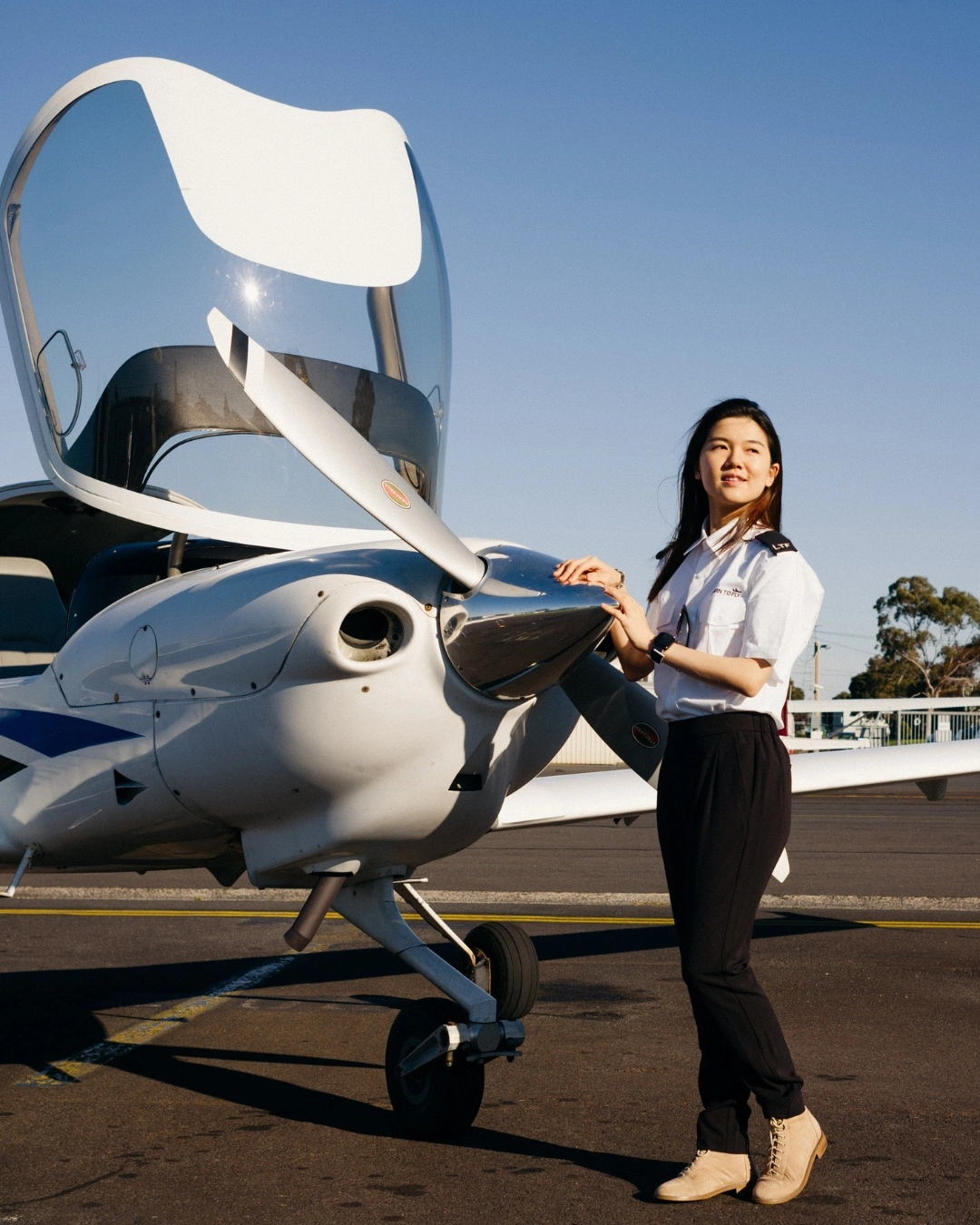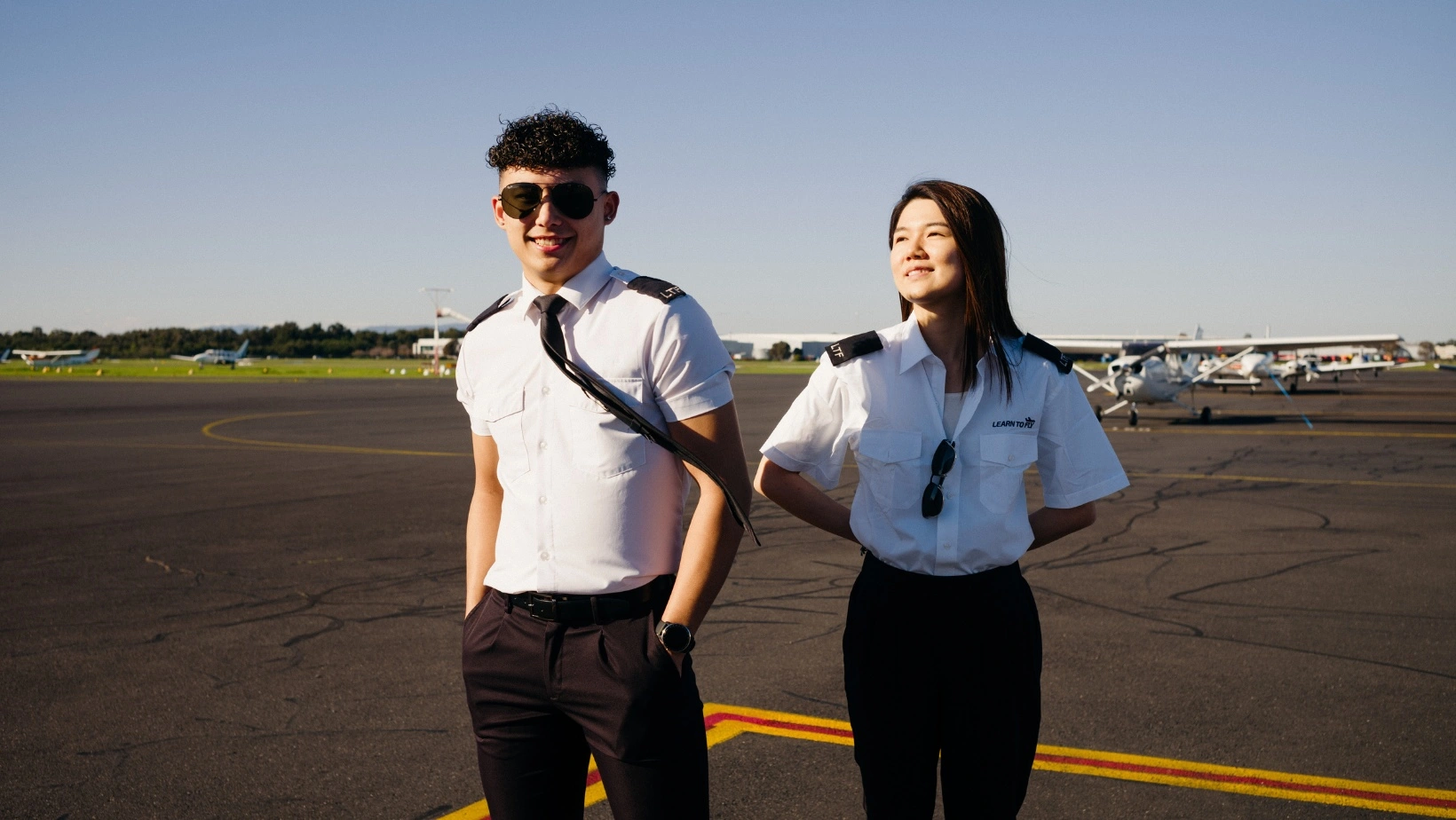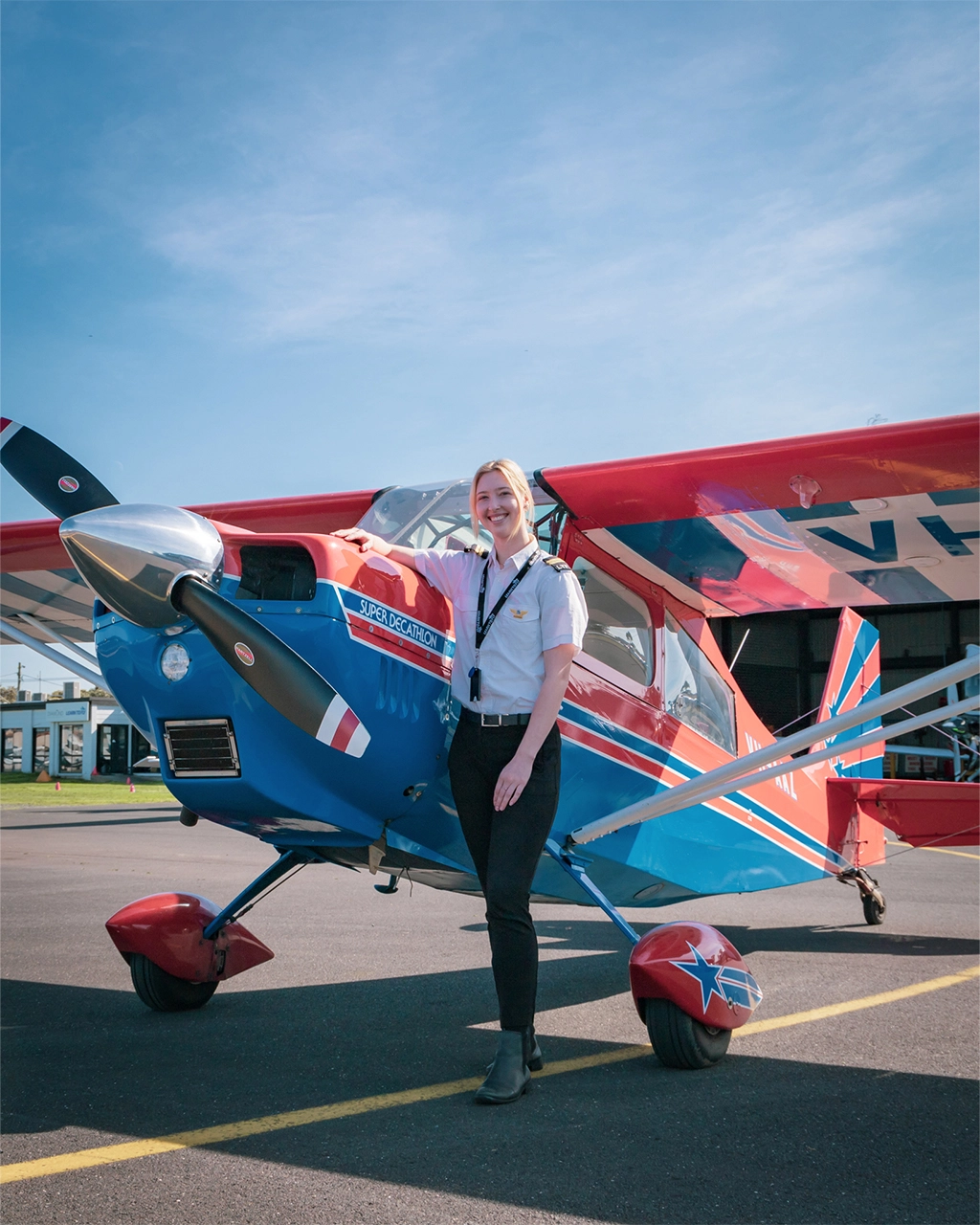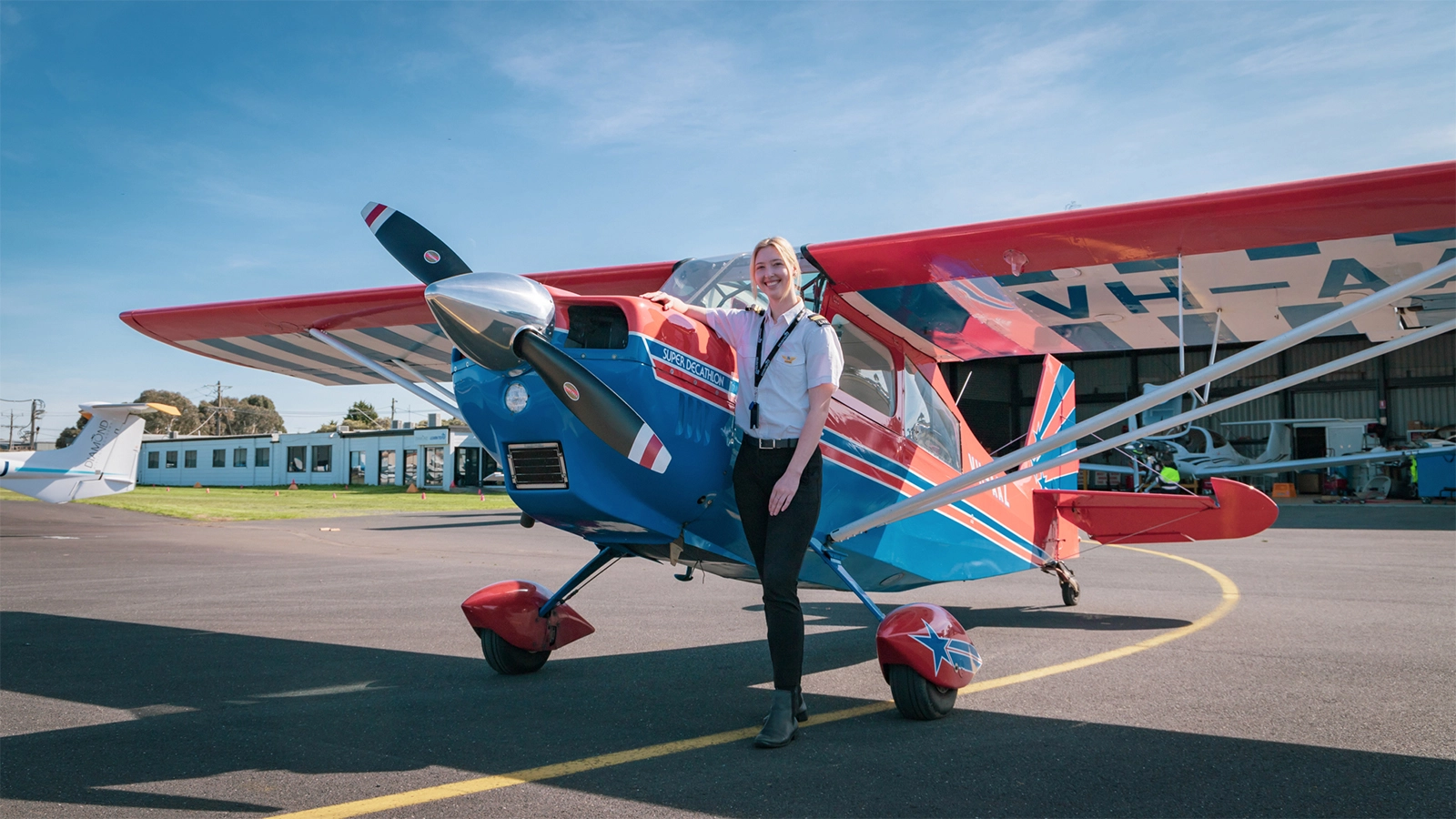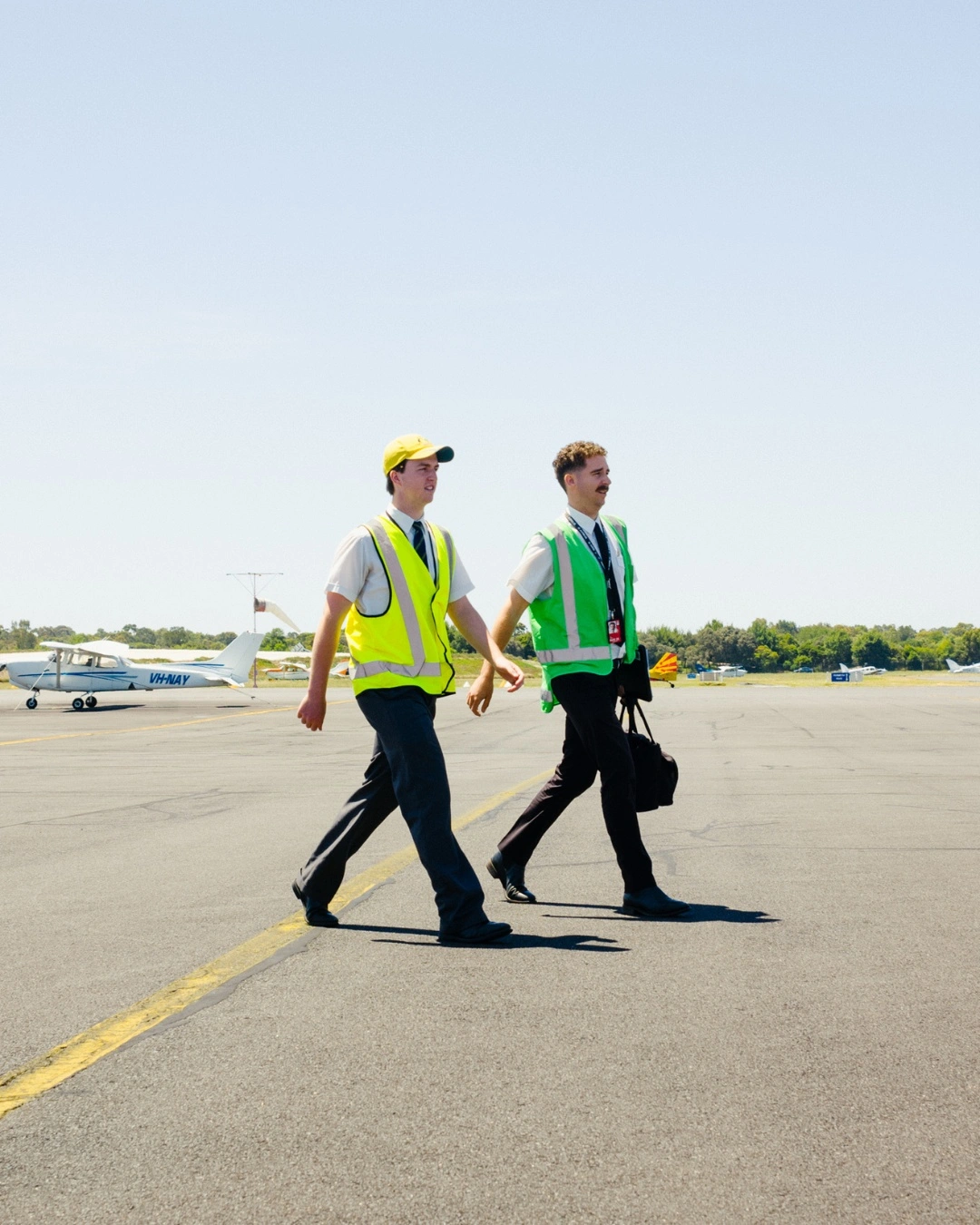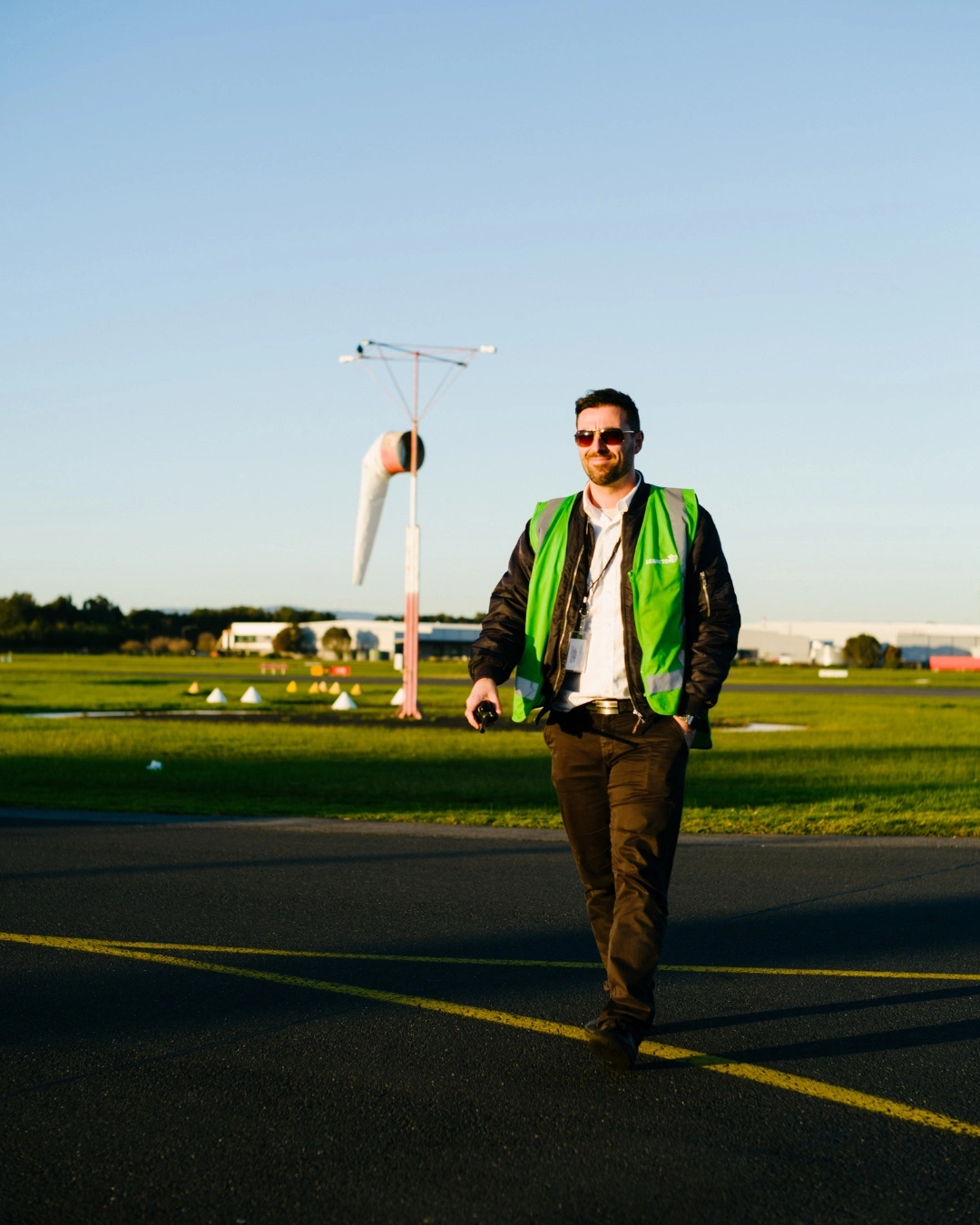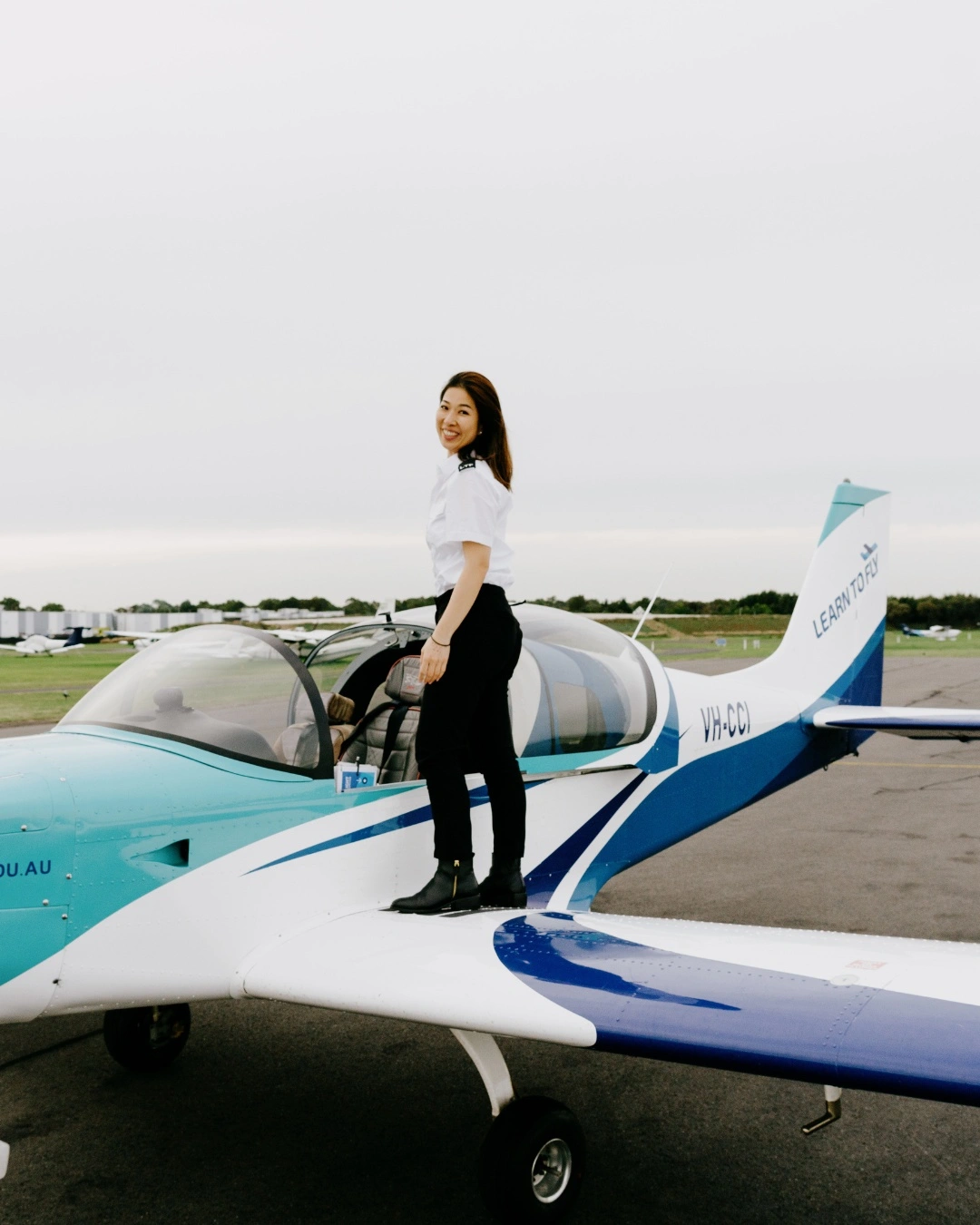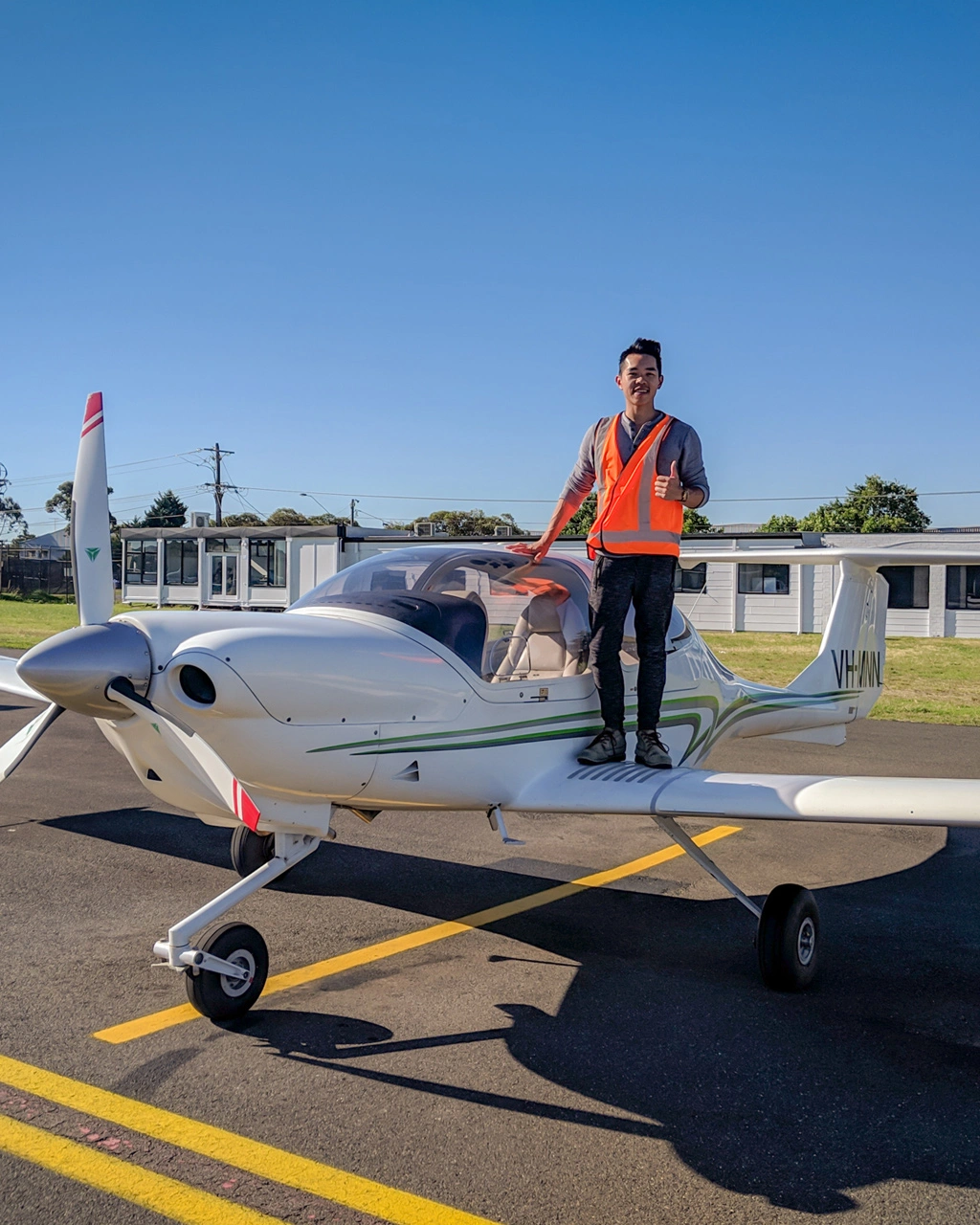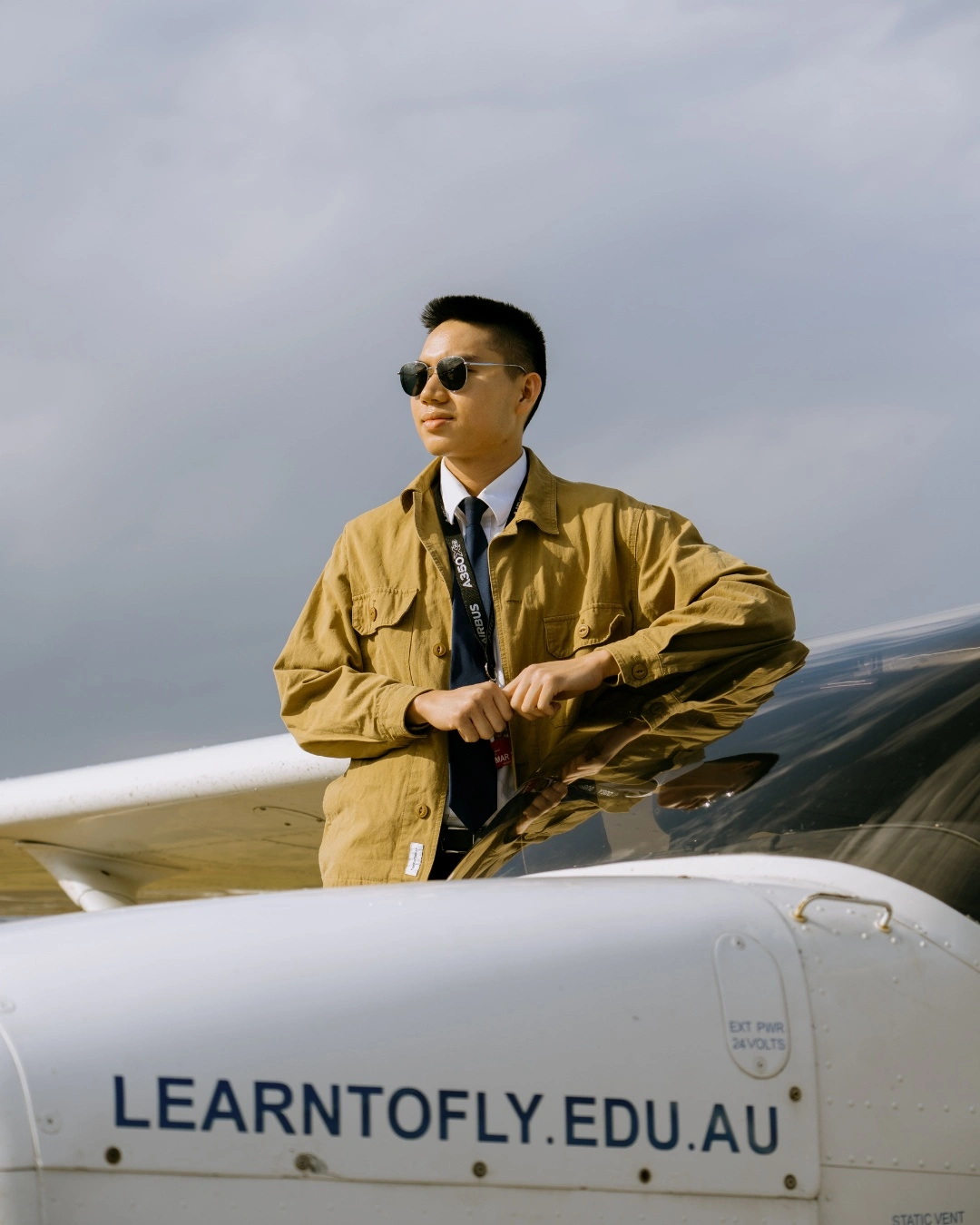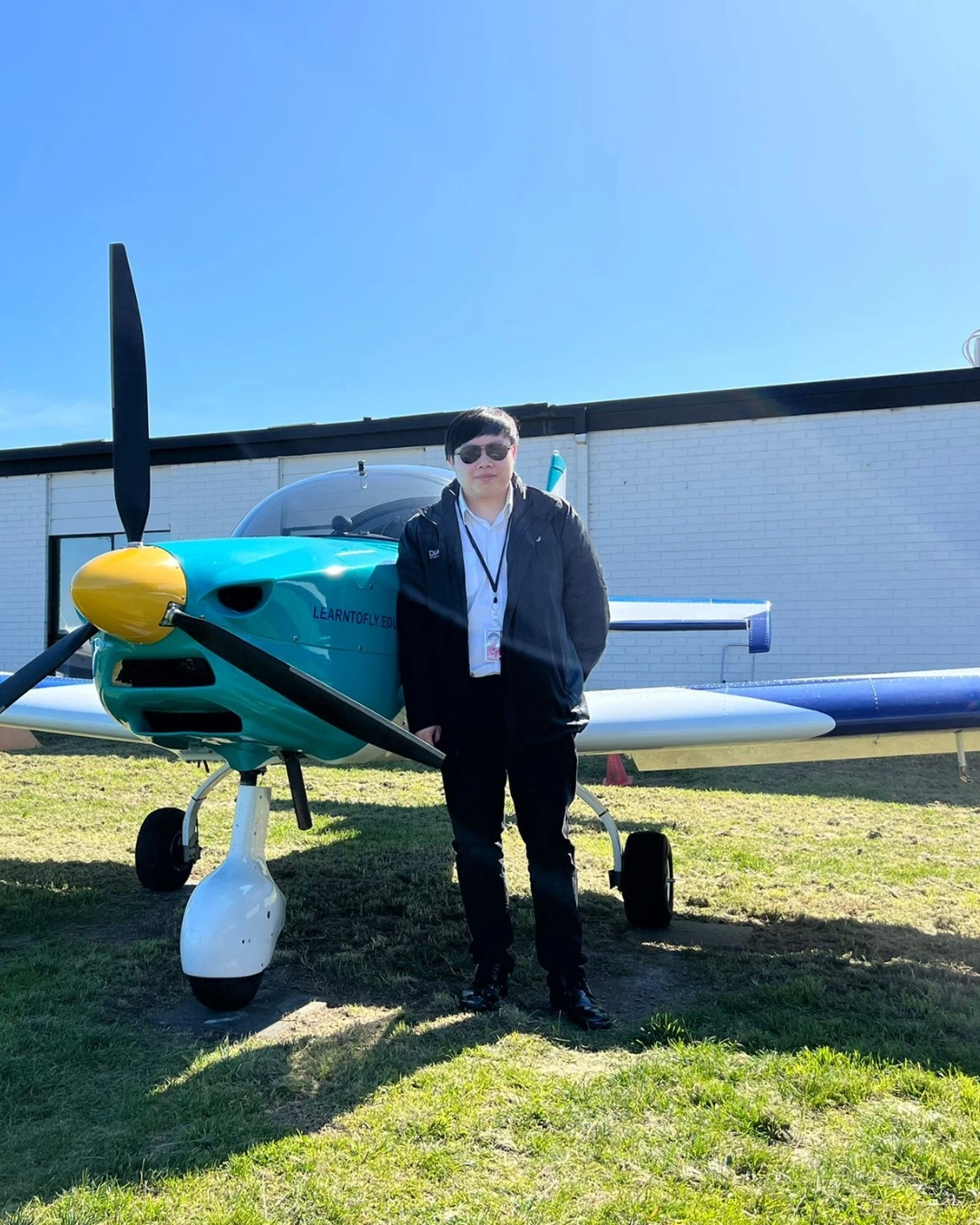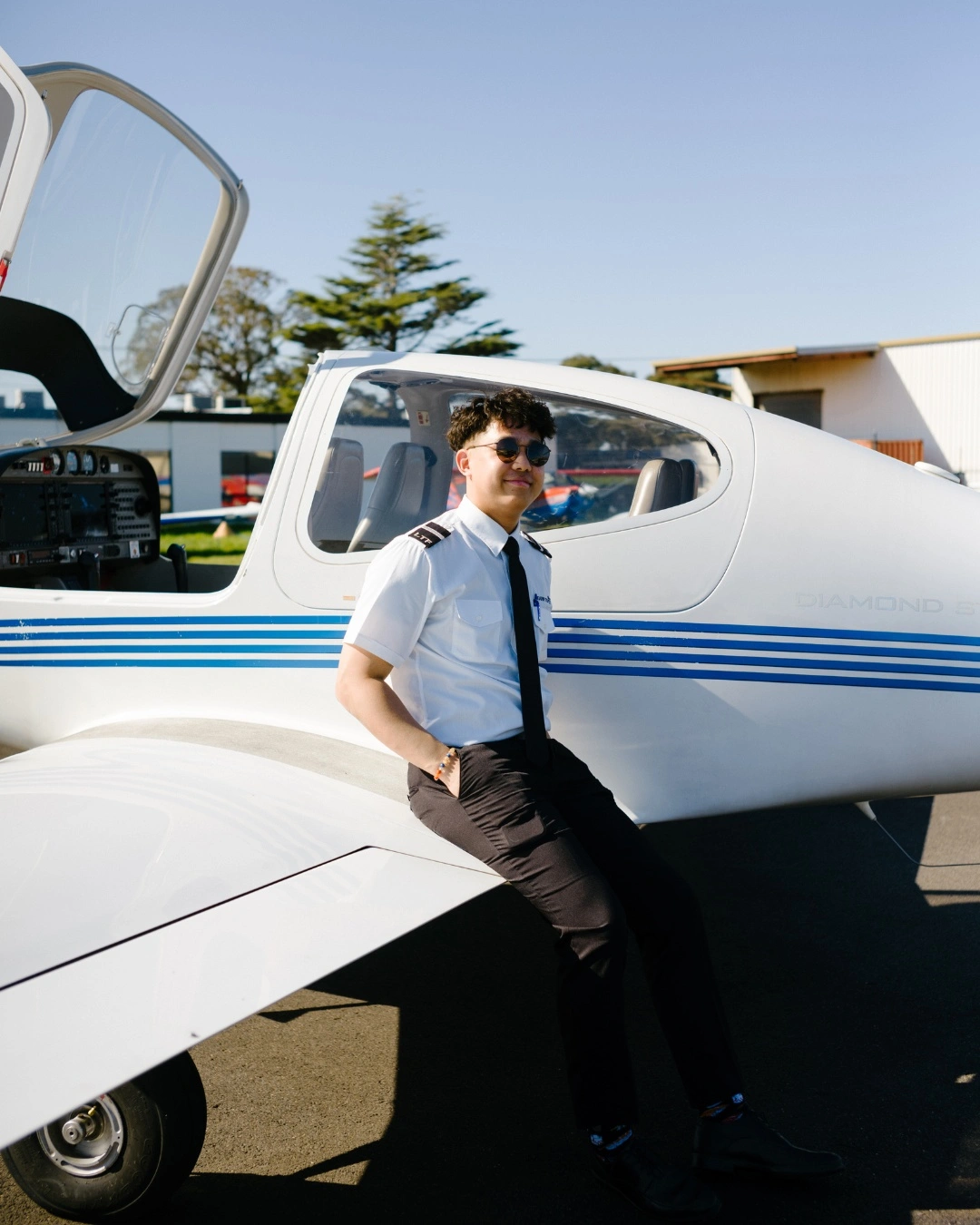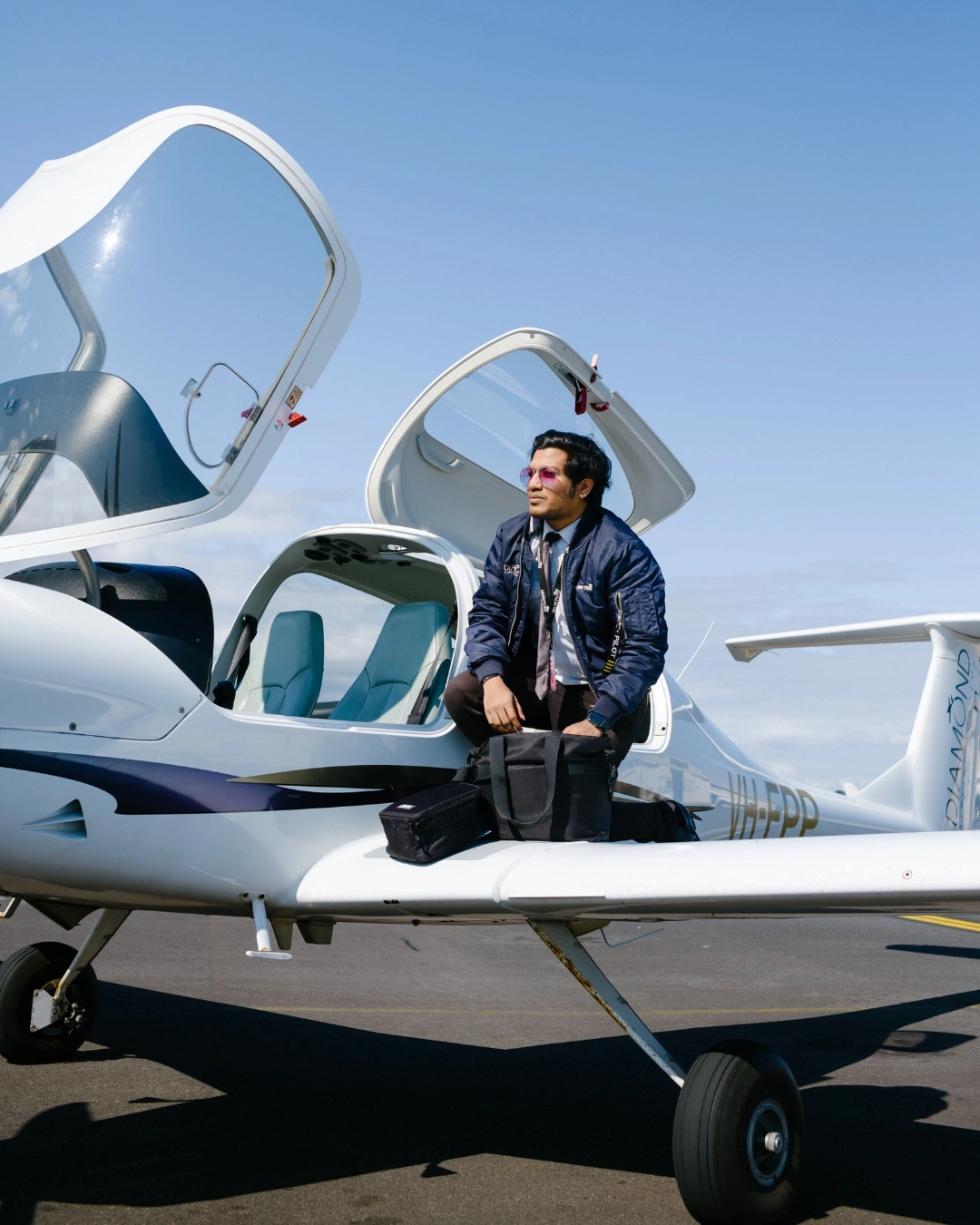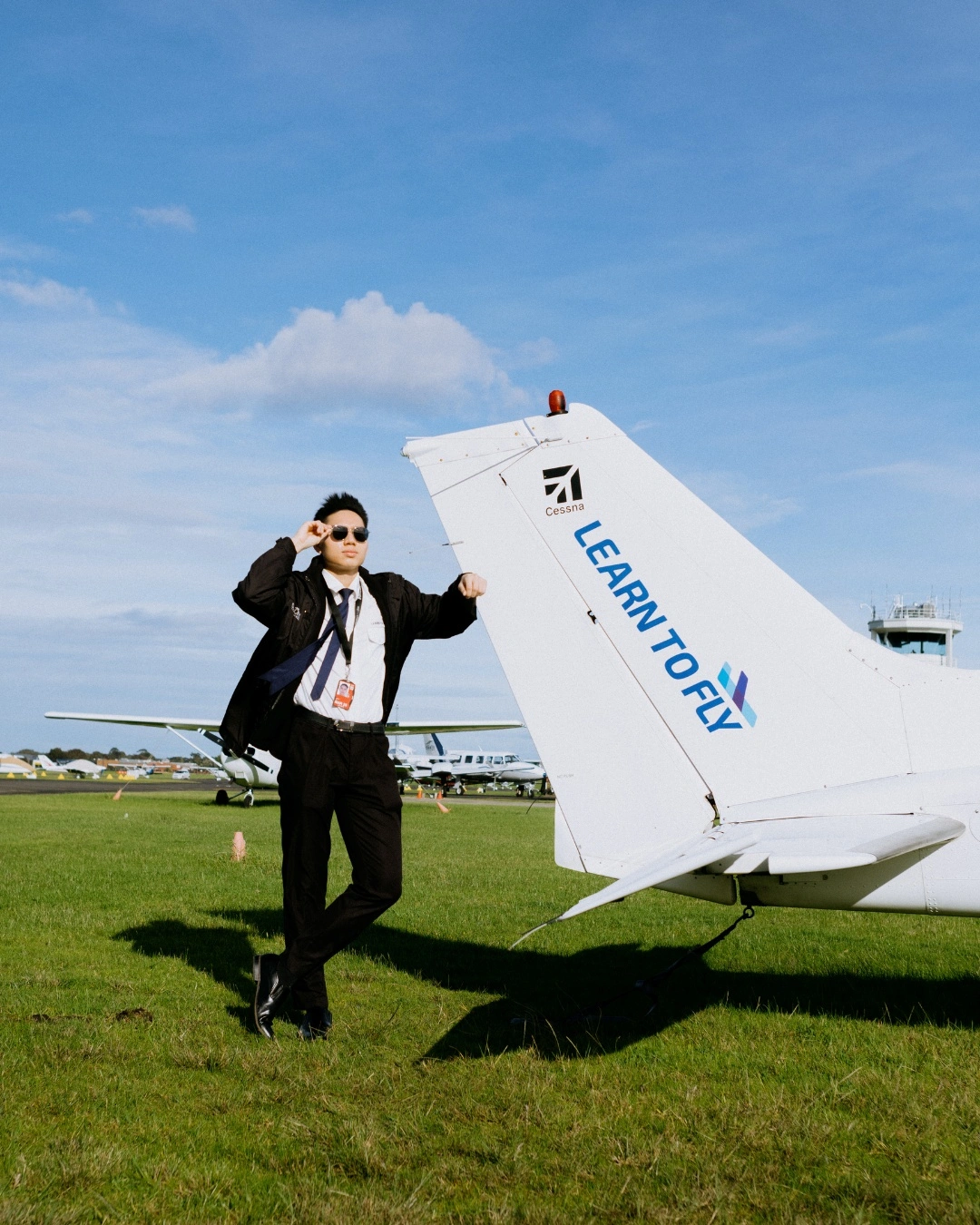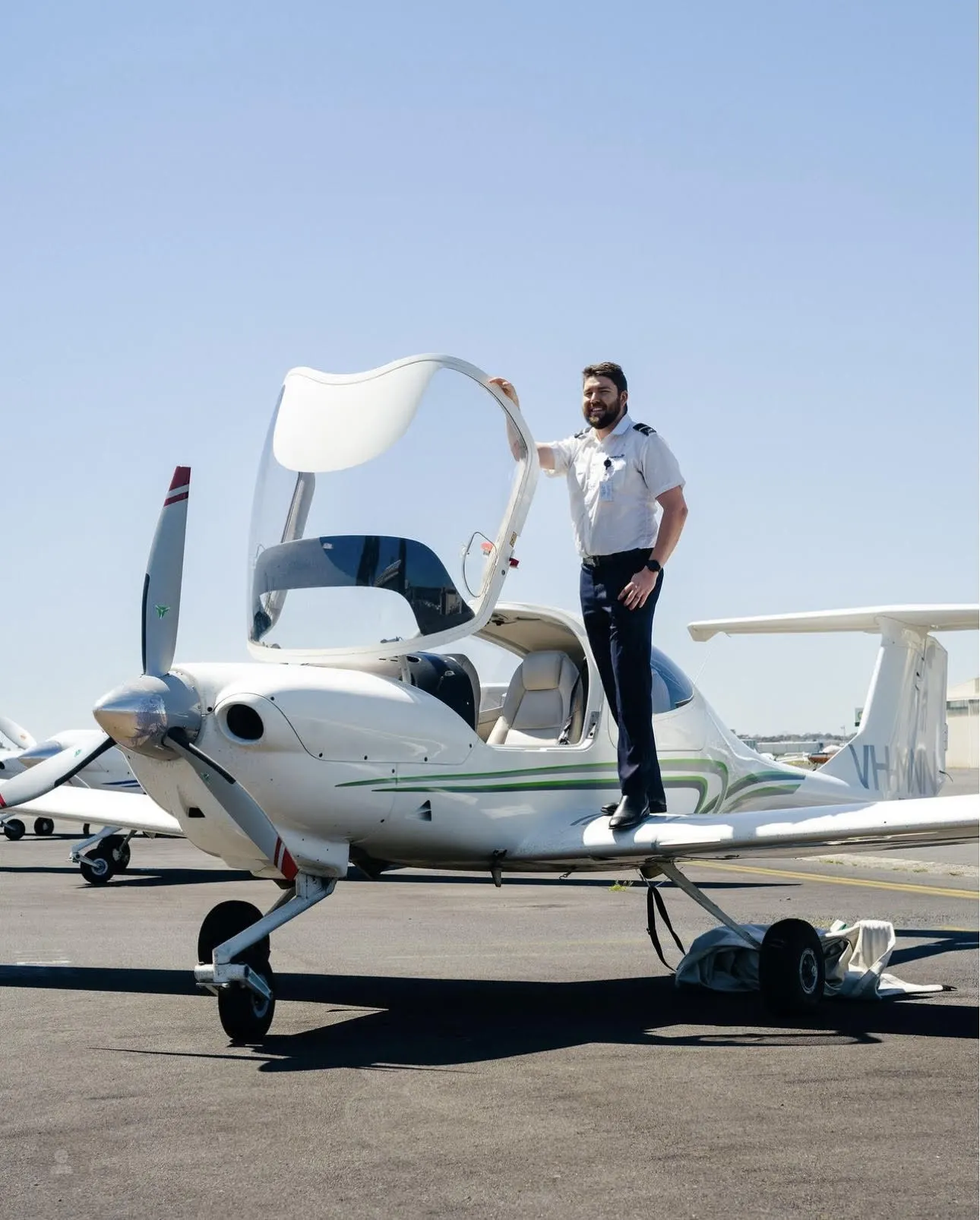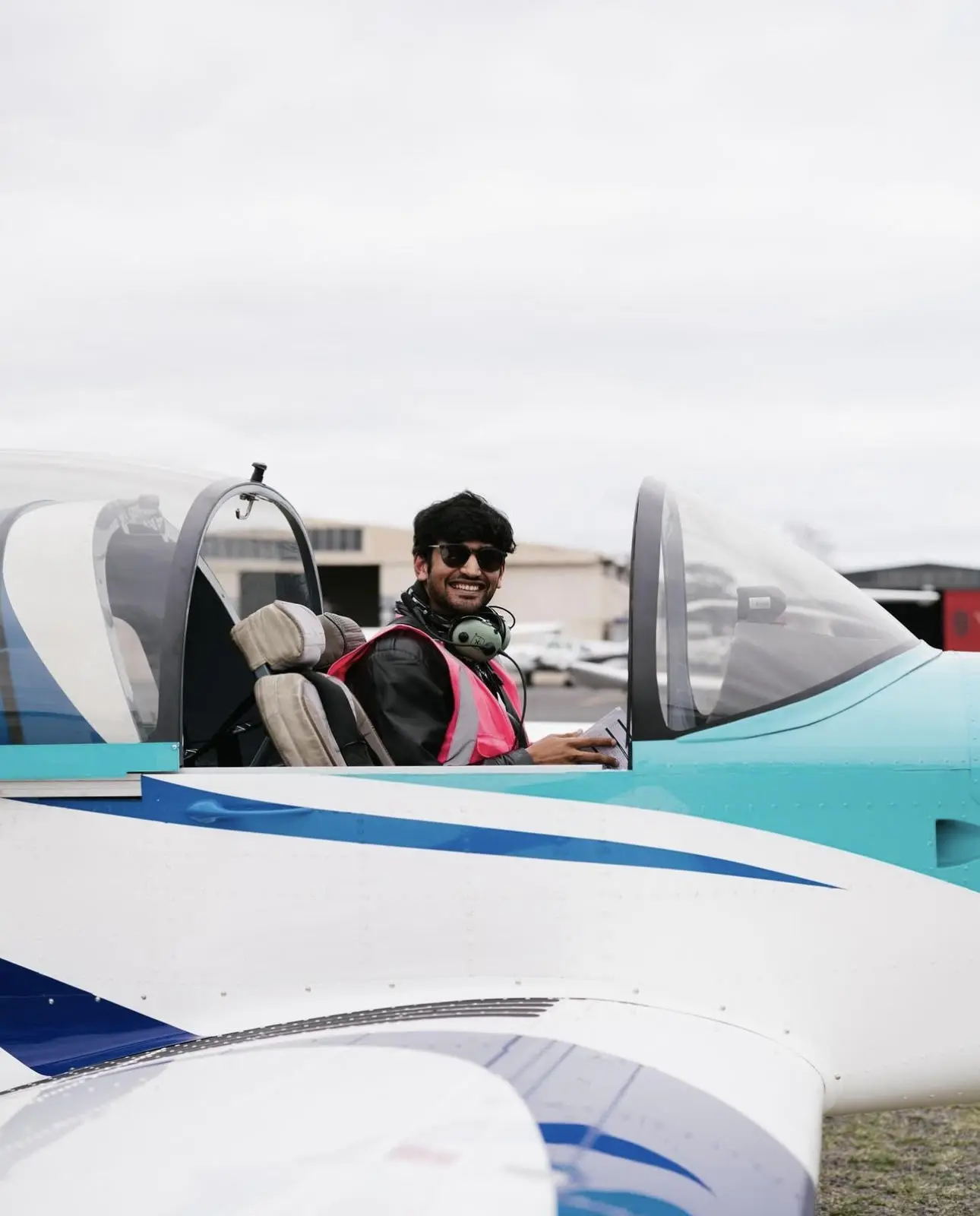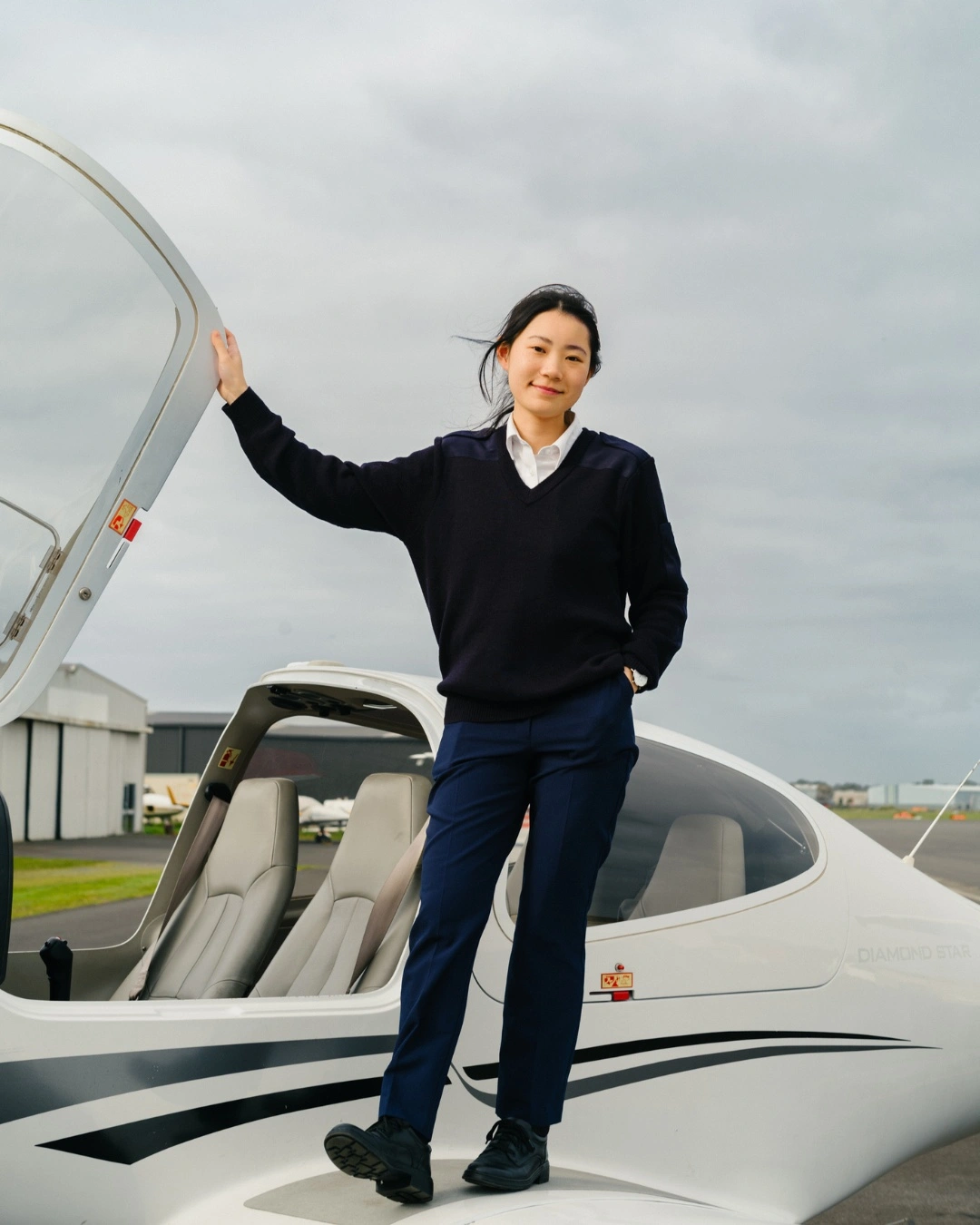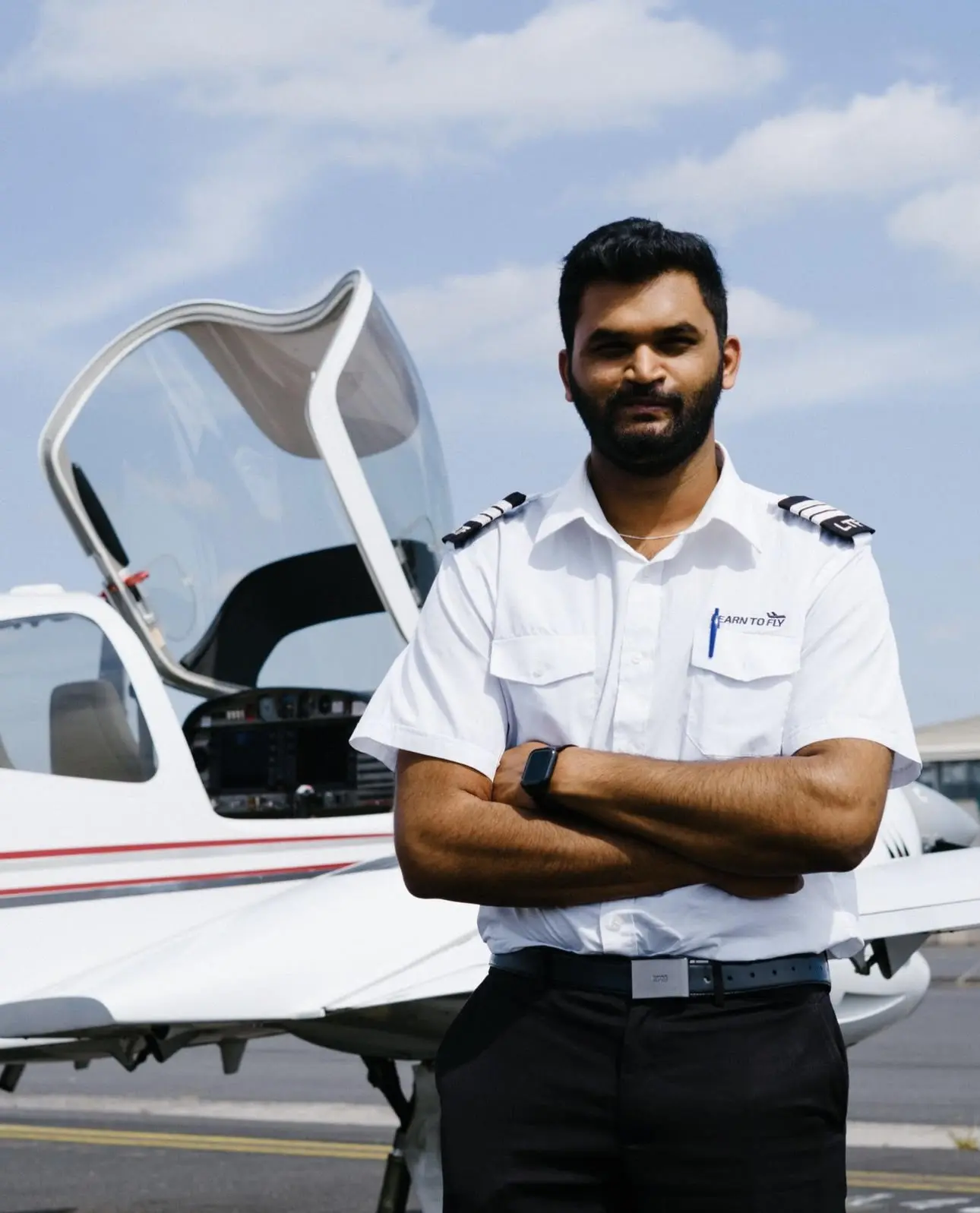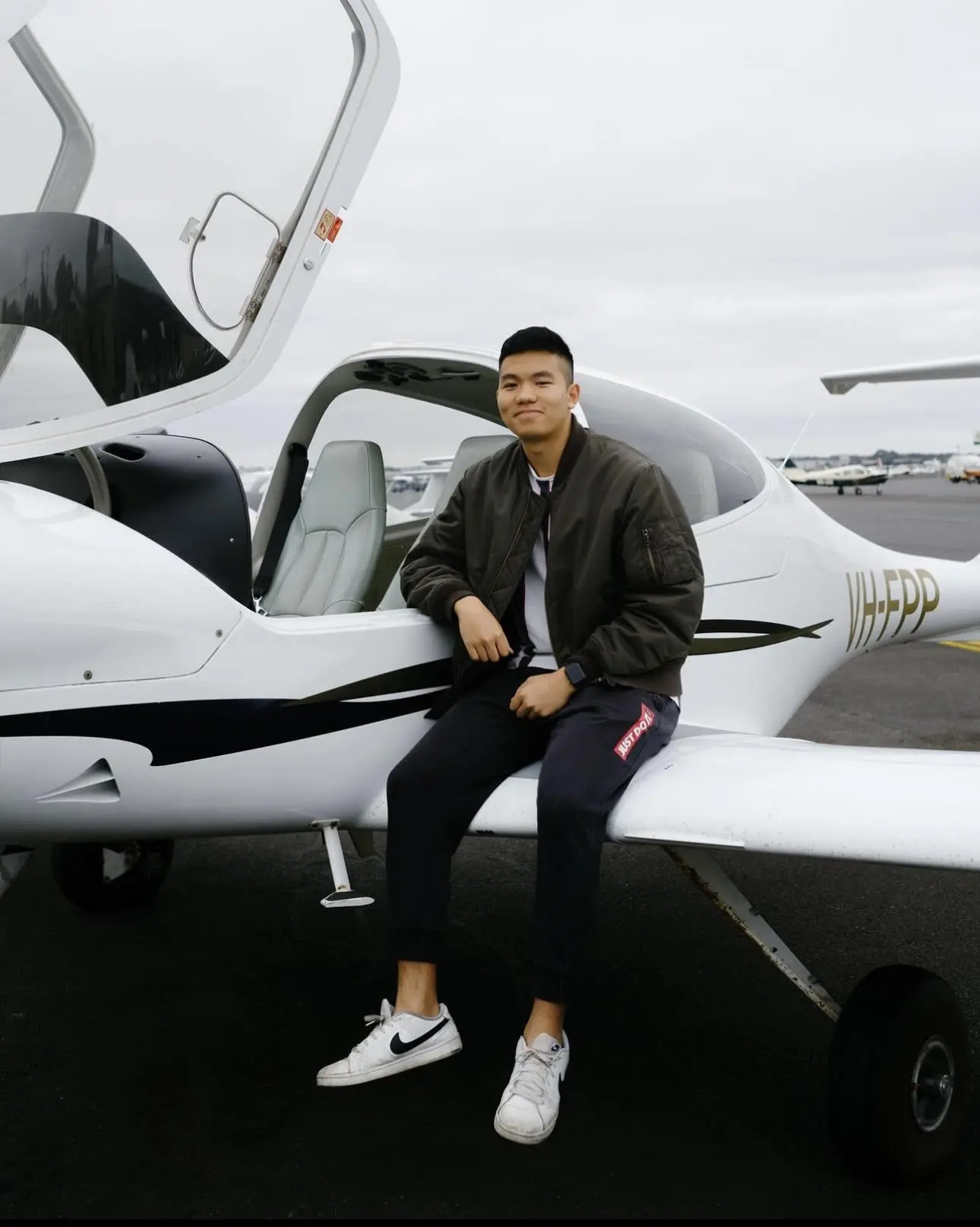Our primary training facility is located in Melbourne, Australia. For your practical training, you'll be required to travel to Melbourne to complete it. We also offer online theory courses that you can begin in Hong Kong prior to starting your practical training. This approach is designed to help you save time and complete your training more efficiently.
Training in Melbourne offers several advantages. Firstly, Hong Kong has limited airspace and fewer flight schools, leading to higher training costs. Secondly, due to restricted airspace, comprehensive navigation training, which is essential for a standard Private Pilot Licence (PPL), is not feasible in Hong Kong. This limitation means a Hong Kong HKCAD PPL cannot be used as a regular PPL in other countries. In contrast, Australia provides extensive airspace and abundant training resources, making the training more comprehensive. Additionally, an Australian Civil Aviation Safety Authority (CASA) licence is recognized worldwide, enhancing your qualifications as a pilot.
Your choice of training program depends on whether you're flying for fun or for a career. If it's for leisure, the Recreational Pilot Licence (RPL) and Private Pilot Licence (PPL) are suitable, and you can learn under a tourist visa. For a career as a professional pilot, aim for the Commercial Pilot Licence (CPL). Since the CPL requires 60 weeks of training, you'll need to enrol in the Diploma of Aviation (CLP) program, which qualifies you to apply for a student visa.
We provide student accommodations, conveniently located just a 15-20 minute walk from the school. This allows you to save both time and money as there's no need for public transport. Our accommodations are exclusively available to our students, fostering an excellent learning environment. However, due to their popularity, it's important to book your accommodation at least 3 months in advance.
There are two main pathways to becoming an airline pilot in Hong Kong. Firstly, you can apply for cadet pilot programs offered by Hong Kong airlines. Since 2016, we have been providing airline interview training and have assisted over 250 students in joining various global airlines. The second option is to complete your CPL training independently, accumulate flying experience, and then apply for direct entry positions with airlines in Hong Kong. Each path has its advantages and disadvantages. Feel free to contact us for more detailed information and guidance.
Absolutely. The Australian CASA licence is recognized by all 191 ICAO member states, including Singapore, Hong Kong, the US, and Europe. This allows for relatively easy conversion of your pilot licence in your home country. However, each country has different requirements for pilot licence conversion, so it's important to check their aviation authority's website for specific information. If you have any questions about licence conversion, feel free to ask us for guidance.
All training courses, including PPL (Private Pilot Licence) and CPL (Commercial Pilot Licence), commence with the RPL (Recreational Pilot Licence) training syllabus. The RPL syllabus is fundamental, covering all the basic flying skills and techniques. It's not possible to bypass this crucial stage and directly move into PPL training, which focuses on navigation. When there's mention of 'skipping RPL,' it typically refers to foregoing the RPL flight test. In such cases, students complete the RPL training syllabus and then proceed to the PPL training syllabus, culminating in the PPL flight test. However, this approach is not generally recommended. Opting to skip the RPL flight test means that during your PPL flight test, you will still be assessed on the RPL flight test components. This results in a longer and more challenging examination, increasing the likelihood of failure. Consequently, if you fail the test, it may incur additional costs to retake it. Therefore, completing the RPL flight test before progressing to PPL training is often the more prudent and cost-effective route.
Learn to Fly Melbourne is an ideal choice for several reasons. Since 2016, we've been providing flight training to a large number of international students, including those from Singapore and Hong Kong, giving us a deep understanding of diverse cultures and concerns. We are one of the largest flight schools in Australia, boasting a fleet of over 25 aircraft and more than 30 flight instructors. Additionally, we have our own flight examiner, ensuring smooth arrangement of flight training, solo checks, and flight tests. Our extensive training materials, including an online portal and videos, allow you to start training from your home country.









